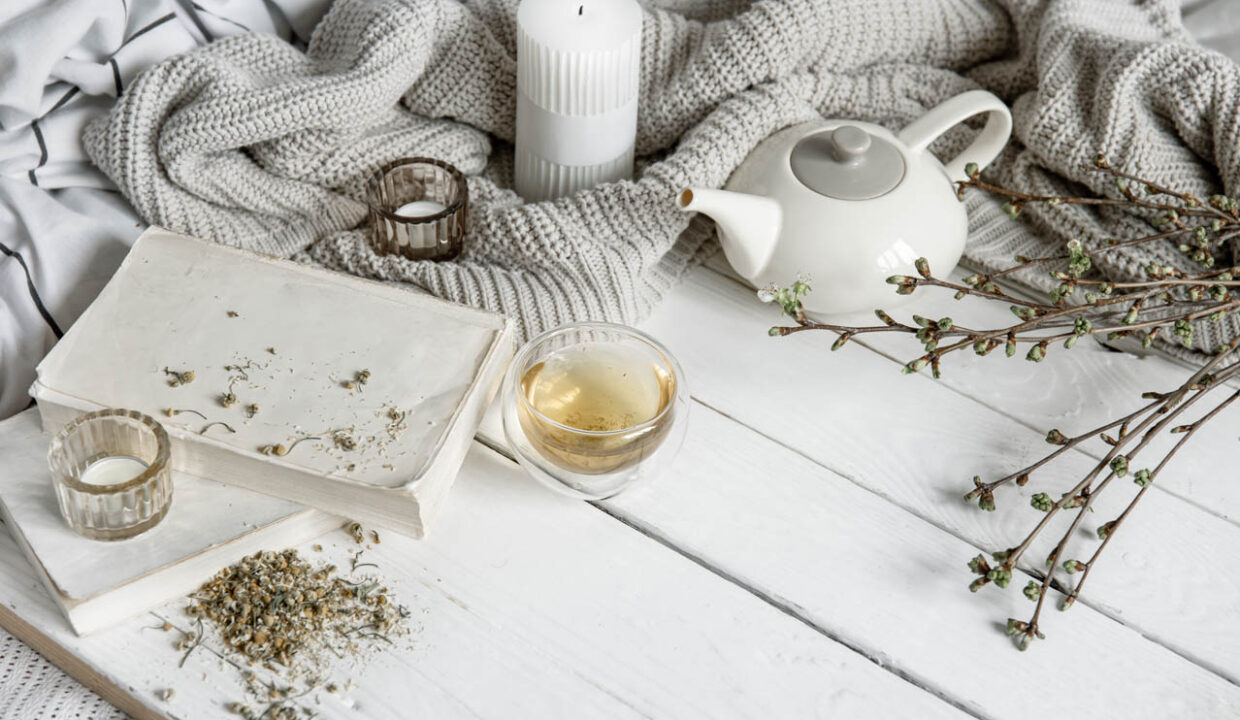
In the competitive world of real estate, every detail matters. The presentation of a property not only influences its market value but also affects the emotional perception it creates in potential buyers or tenants. In this context, the Danish concept of hygge—which refers to a feeling of cosiness, comfort, and wellbeing—has gained significant relevance. Applying the principles of hygge to the decoration and staging of a property can make the difference between a forgettable visit and a successful sale.
This article explores how hygge can be strategically integrated into real estate marketing, how it influences buying and renting decisions, and why it has become a powerful tool for agents, decorators, and property owners alike.
What is Hygge?
The word hygge (pronounced “hoo-gah”) comes from Denmark and has no direct English translation, but it can be interpreted as “cosy comfort.” It’s a life philosophy focused on creating warm, intimate, and pleasurable environments. It’s often associated with candles, soft blankets, warm lighting, wooden furniture, earthy colours, and moments shared with loved ones.
What’s particularly interesting about hygge is that it goes beyond aesthetics: it’s about how a space makes you feel. This approach can be applied not only to interior design but to lifestyle in general, and more and more people around the world are adopting this philosophy in their homes.
What Does Hygge Have to Do with Real Estate?
Although it may seem unrelated to the world of sales and rentals, hygge is highly relevant to real estate. When showing a property, it’s not enough for it to be clean and tidy—it must generate an emotional connection. Hygge helps create that connection, making visitors feel “at home” from the moment they walk in.
When a home radiates warmth, tranquillity, and harmony, potential buyers or tenants are more likely to imagine themselves living there. That emotional projection speeds up decision-making and increases the perceived value of the property.
Home Staging with a Hygge Approach
Home staging is a widely used technique to prepare homes for sale or rental. It involves redecorating and reorganising spaces to make them more appealing to the target audience. Incorporating hygge into home staging means prioritising emotional comfort over neutral, functional decoration.
Key Hygge Elements in Home Staging:
- Warm lighting – Lamps with soft light, candles, or LED fairy lights to create a cosy atmosphere.
- Soft textiles – Wool throws, fluffy cushions, and long-pile rugs that invite relaxation.
- Natural materials – Wood, wicker, linen, and handmade ceramics for an organic and calming look.
- Neutral and earthy colours – Whites, beiges, greys, and sandy tones for visual serenity.
- Restful corners – A comfy armchair with a floor lamp or a small table with books and tea can be more effective than an impersonal living room.
- Emotional minimalism – Remove excessive décor, but keep objects that tell a story—like a throw on the sofa or a cup on the table.
Benefits of the Hygge Approach in Selling or Letting Property
1. Stronger Emotional Connection
Hygge allows visitors to project themselves into the space. That feeling of “home” is far more powerful than any rational argument about square footage or location.
2. Increased Perceived Value
A home that feels inviting can justify a higher price, even if it lacks standout features. Emotional comfort is a key differentiator often overlooked in listings, but crucial during viewings.
3. Reduced Time on the Market
Properties styled with hygge principles tend to sell or let faster because they create an immediate and positive impression. In a crowded market, standing out emotionally is key.
4. Improved Property Photography
Hygge-styled spaces are visually more appealing, which enhances the performance of listings on property portals, social media, and email campaigns.
How to Apply Hygge to Different Property Types
Family Homes
In family-oriented properties, hygge can highlight values such as togetherness, calm, and safety. Shared spaces like living rooms, kitchens, and dining areas should encourage connection, while bedrooms should suggest rest and protection.
Flats for Young Professionals
Here, the approach can be more modern—Scandinavian design with a relaxed touch. A reading nook with floor cushions, indirect lighting, and simple décor works perfectly.
Holiday Lets or Short-Term Rentals
In these types of properties, hygge can make all the difference in guest reviews. A guest who feels welcome and comfortable is more likely to leave a positive review and return.
TIPS
Describe the concept – Use wording such as “cosy ambience,” “warm surroundings,” “perfect for relaxing,” or go so far as to say that a hygge vibe is done.
Utilize sensory marketing – During showings, light a scented candle or offer an warm drink to enhance the hygge experience.
Deliver your message to suit the audience – Not everybody understands the word hygge but everybody understands feeling good. Convert the idea to universal sensations: comfort, safety, joy.
Success Stories: Hygge as a Value Booster
Numerous studies and real-life experiences in Scandinavian countries show how hygge-based design enhances property marketing. In Spain, some boutique agencies already use this approach and report increases in qualified visits and quicker sales.
Conclusion
Hygge isn’t just a decorative trend—it’s a powerful philosophy that can be applied to real estate to create memorable, standout experiences. In a market where competition is fierce and supply is abundant, creating an emotional bridge between people and properties is a strategic advantage.
By integrating hygge into design, marketing, and property presentation, we can create homes that speak not just to the eye, but to the heart. After all, more than buying bricks and mortar, what we truly seek when purchasing a property is a place we can call home.


